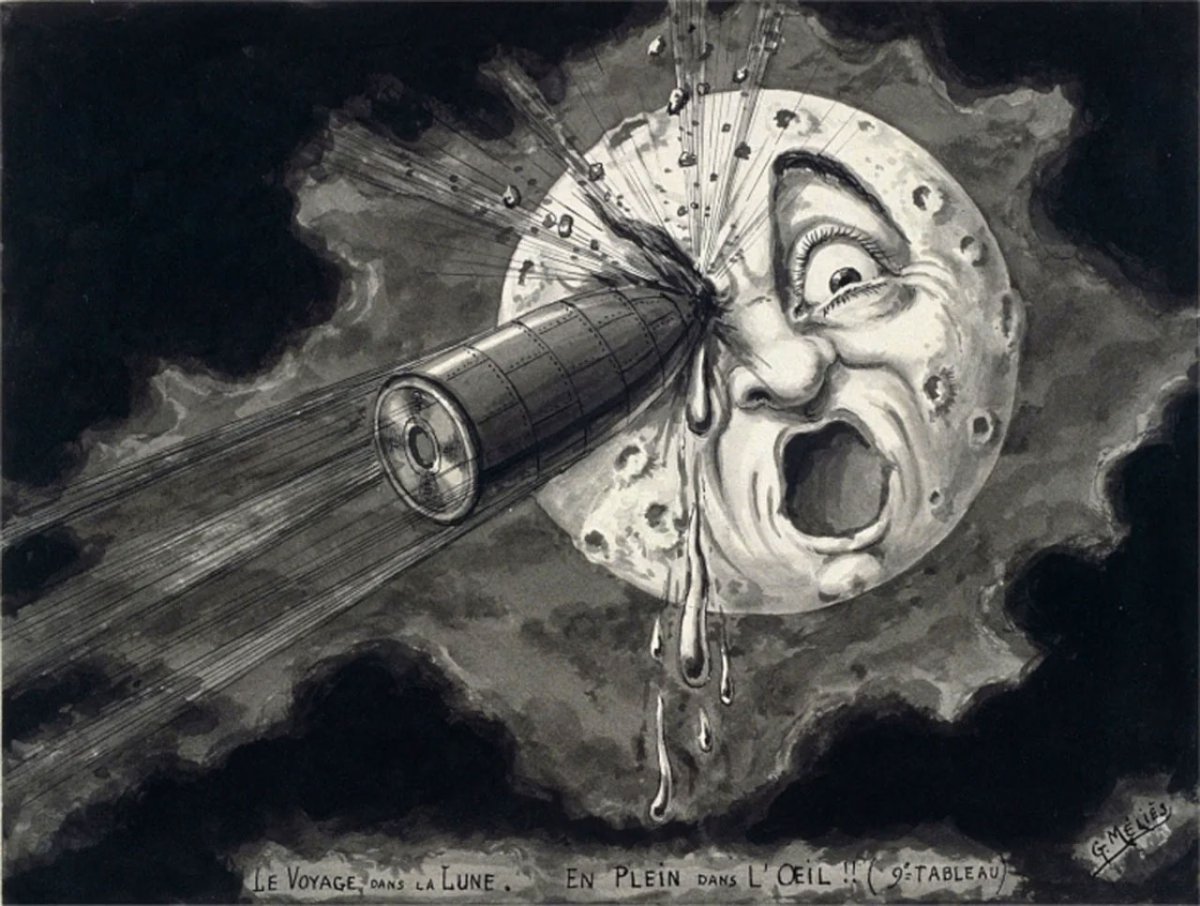The second stage of the SpaceX Falcon 9 rocket is expected to reach the Moon. According to experts, in March, after a seven-year journey around the Earth and the Moon, the four-ton segment will hit the Earth satellite at a speed of about 2.6 km / s.
This will be the first time a part of a rocket has accidentally hit the moon. The first stage of Falcon 9 will be returned to Earth in a controlled manner and reused. SpaceX originally planned to reuse the second stage as well, but hasn’t found a viable solution to that. Therefore, the phase is usually arranged to return to Earth and burn up upon entering Earth’s atmosphere. But in this case, there was not enough fuel left.
Earlier this month, astronomer Bill Gray invited colleagues and hobbyists to make their own observations. Based on the data they provided, the rocket stage is expected to reach the moon on March 4. He also posted the expected coordinates on his blogwhich is close to the lunar equator.
falling part
Accurate forecasting could allow lunar satellites such as NASA’s Lunar Reconnaissance Orbiter and India’s Chandrayaan-2 to focus on impact and data collection. NASA had planned such a thing in 2009 when it slammed into a 2.4-tonne rocket part in a crater region near the south pole on the moon’s surface and caused a cloud of material to form. Shortly thereafter, the Lunar CRater Observation and Sensing Satellite (LCROSS) mission, which was to analyze the nature of the cloud, flew through this cloud. Astronomer Jonathan McDowell Confirms March 4th date on Twitter. The event was “interesting, but it wasn’t a big deal.”
The second stage was part of the Falcon 9 that launched NOAA’s Deep Space Climate Observatory (DSCOVR) satellite in February 2015. Gray wrote that he has a fairly complete mathematical model of how the gravity of the Earth, Moon, Sun, and planets affect them. He also has a rough idea of how sunlight moves the rocket part, but this is made more difficult by the fact that it’s stumbling.
(anw)

“Problem solver. Proud twitter specialist. Travel aficionado. Introvert. Coffee trailblazer. Professional zombie ninja. Extreme gamer.”


More Stories
With a surprise in the case: a strange cell phone from Nokia was introduced
PlayStation Stars: what it is, how it works and what it offers to its users | Sony | video games | tdex | revtli | the answers
t3n – Digital Pioneers | digital business magazine